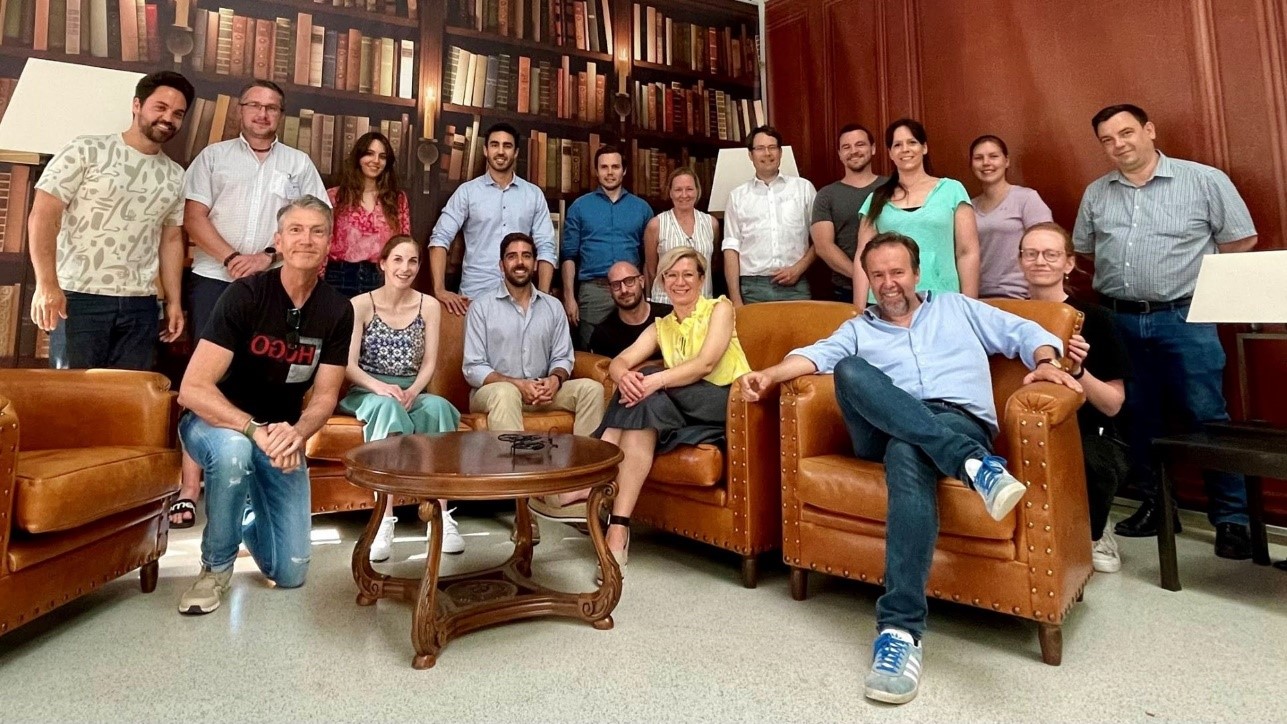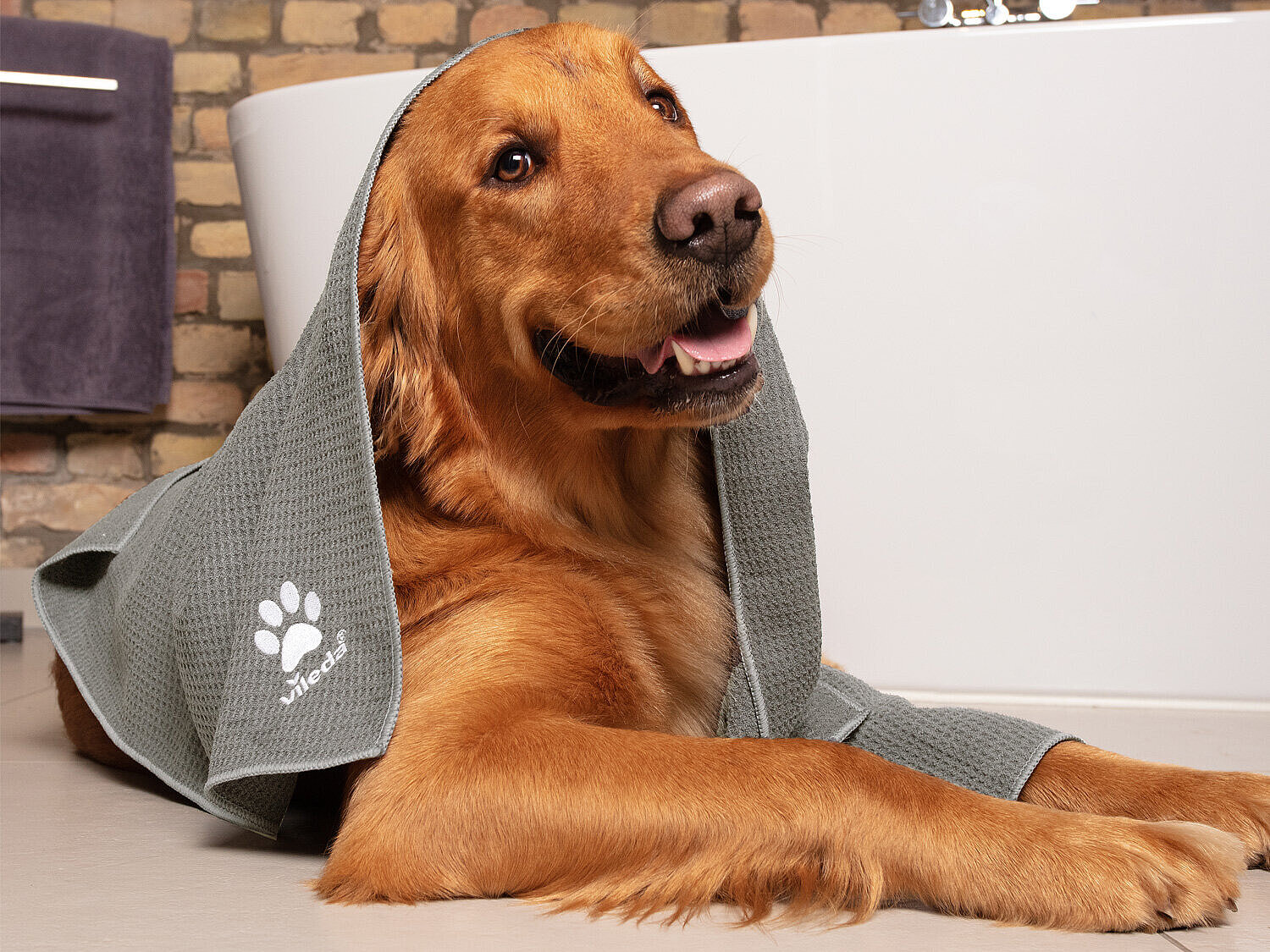
A journey through time with our founder
Join us as we navigate through the chronicles of Freudenberg's origins. Delve into the profound personality of our founder Carl Johann Freudenberg and unravel a story of innovation and vision.
Pet owners clean differently. After all, their furry companions can make a home messier or smellier - and not just when the weather is rotten. There were good reasons for Freudenberg to take a closer look at pet owners’ needs and develop new products for them. These consumers want to cope with the stains, odors and animal hair that their four-legged pals leave in their wake.
Statistics show that pets are indeed humanity's best friends. There are about 174 million households with pets in the global markets that are important to Freudenberg.
Market studies show that a large share of the owners would like more effective cleaning methods to deal with whatever their pets leave behind.
“Pet owners are an underserved consumer group with brand loyalty and extensive cleaning needs. They are looking for the latest innovations,” says Freudenberg's Juan Rossi. The business field offers considerable potential, especially since the corona pandemic when so many people acquired pets.
The Freudenberg product development team took a close look at four themes to understand where pet owners were really having problems and what exactly they wanted for hygiene in their homes and their pets.

Under the leadership of Uwe Dingert (front row, left), Freudenberg's 18-strong product development team came together to develop an initial product idea for pet owners.

If you have a problem and there is no suitable product on the market, pet owners get creative.
Uwe Dingert, Freudenberg
The problems were specifically cited in exchanges with pet owners. One example: Interestingly, it wasn‘t necessarily the animal that had an unpleasant odor – the smell of pet food could be a problem. Another issue: Washing machines spread animal hair onto clothing and do not necessarily wash it out.
The first approaches were successful in targeting and gathering up animal hair in a washer and separating it from clothing. Test customers were enthusiastic about the first product prototype, setting the stage for more promising development work.
Uwe Dingert is confident about the future: “Our ideas and the knowledge we gained during the sprint have put us in a good position to serve countries and markets with consumer-centered products over the next few years.”

With just some small exceptions, there has not been a company offering a special cleaning line just for pet-related problems. It is an outstanding opportunity for Freudenberg as a cleaning specialist to bring out made-to-order solutions at an early stage.
In November 2023, Freudenberg launched a new line of products tailored to the special cleaning needs of households with dogs or cats. The Pet-Pro line is available in stores and online. The new selection includes various products: the Pet-Pro microfiber cloth, the Pet-Pro brush, the Always-Clean broom, and the Pet-Pro universal microfiber wiper.